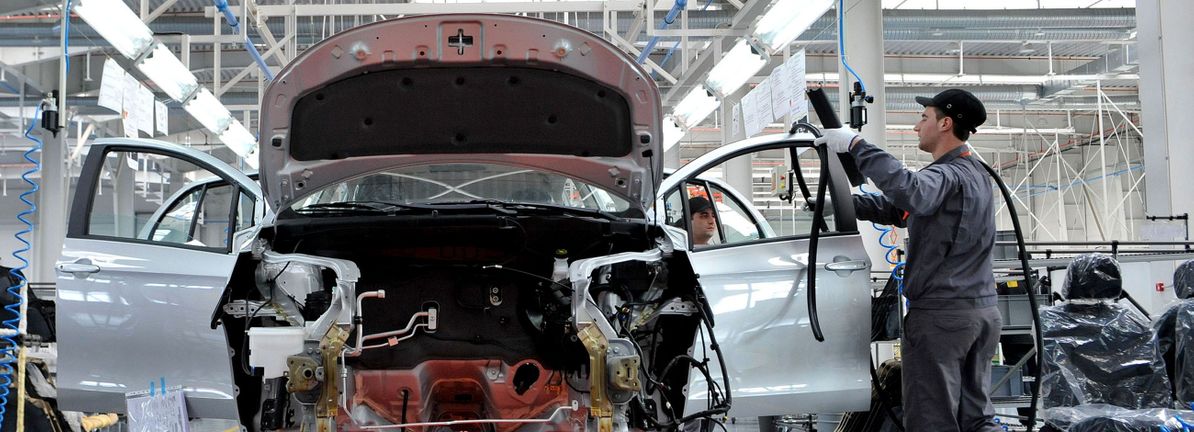Rivian Automotive (RIVN) shares have seen some volatility recently, catching the attention of investors watching the electric vehicle sector. The company has delivered mixed short-term returns; however, its longer-term performance tells a different story.
See our latest analysis for Rivian Automotive.
After a choppy stretch this year, Rivian’s share price has recently lost momentum, sliding 16.7% over the past month. However, when you take a step back, the one-year total shareholder return is an impressive 24.2%, even after accounting for big swings since last year’s lows.
If you’re curious what else is out there in electric vehicles and autos, now’s the perfect time to check out See the full list for free.
But with Rivian’s shares now trading below analyst targets after a period of turbulence, the key question remains: is this a genuine buying opportunity, or has the market already factored in all the future growth?
Rivian’s most widely followed narrative currently places its fair value at $14.48, which is about 10% above the last close of $12.98. This disconnect between the share price and narrative fair value sharpens focus on key drivers supporting this bullish view.
Vertical integration in technology, especially in autonomy, battery, and software, combined with growing software and services revenue (including licensing via partnerships like with Volkswagen) is expected to open new high-margin revenue streams and diversify earnings. This could potentially strengthen EBITDA and net margins over time.
Read the complete narrative.
Want to know why high-tech partnerships and vertical integration are central to Rivian’s future? There’s a set of bold assumptions powering this target valuation, including game-changing revenue projections and margin shifts few expect. Curious about what the consensus is betting on beneath the surface? Unpack the narrative to see what’s driving the models and which financial levers matter most.
Result: Fair Value of $14.48 (UNDERVALUED)
Have a read of the narrative in full and understand what’s behind the forecasts.
However, persistent cash burn and policy changes, such as tariff shifts or tax credit reductions, could quickly undermine these optimistic forecasts for Rivian’s future.
Find out about the key risks to this Rivian Automotive narrative.
Looking at Rivian through the lens of price-to-sales, things appear less optimistic. The company’s ratio stands at 3.1x, which is quite a bit higher than both the US Auto industry average of 1.3x and the peer average of 1.5x. Even our fair ratio estimate is just 1.4x, suggesting the market is paying a premium. Does this premium signal belief in future breakthroughs or simply extra valuation risk?








